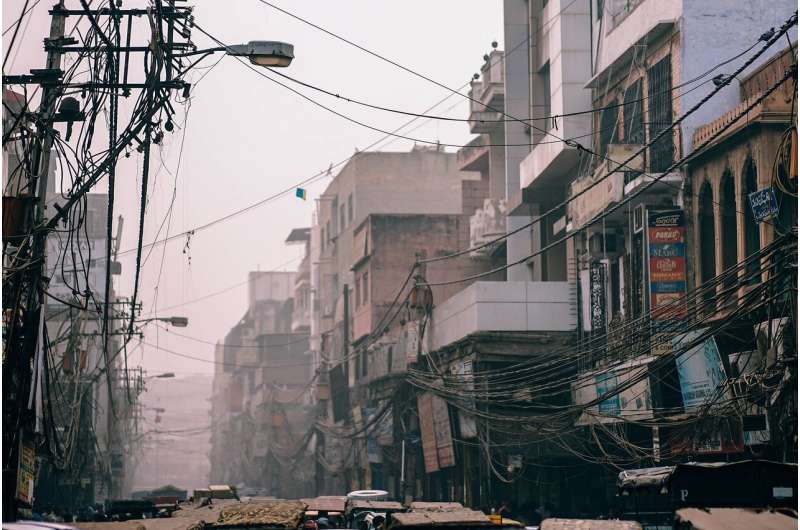
Delhi’s air pollution is so bad that it’s sometimes hard to discern anything more than a few meters in front of you. And it is affecting people’s health. Breathing is uncomfortable.
Delhi—officially the National Capital Territory of Delhi—is the world’s second most populated urban area, and is among its most polluted. Air pollution recently went 26 times over the healthy limit prescribed by the World Health Organization.
The air quality index, or AQI, is a measure of how polluted the air is on a scale of 0 (clean) to 500 (maximum pollution). On November 19, Delhi’s average was 485. Many of its air pollution sensors maxed out at 500, so the true figure would be even higher.
Things peak every winter when many people suffer from respiratory problems and hospital visits increase. An extraordinary 11.5% of all deaths in the city can be attributed to air pollution, a loss of around 12,000 lives every year.
This is a human-made calamity with many causes. Some factors are common to many large and fast-growing cities, especially in emerging economies. Delhi has many coal power plants, for instance, and its streets are choked with heavy traffic. Decades of dust, often from the construction industry, have accumulated in and around the city. Waste is often simply burned. Every year, farmers across northern India especially the breadbasket states of Punjab and Haryana burn off unwanted straw left behind in fields, sending huge clouds of smoke downwind towards Delhi. Fireworks during Diwali (held on October 31 this year) also cause a small but noticeable increase in air pollution.
All this is exacerbated when winter begins and colder and more polluted air becomes trapped over the city by a layer of warmer air above it—a process known as temperature inversion.